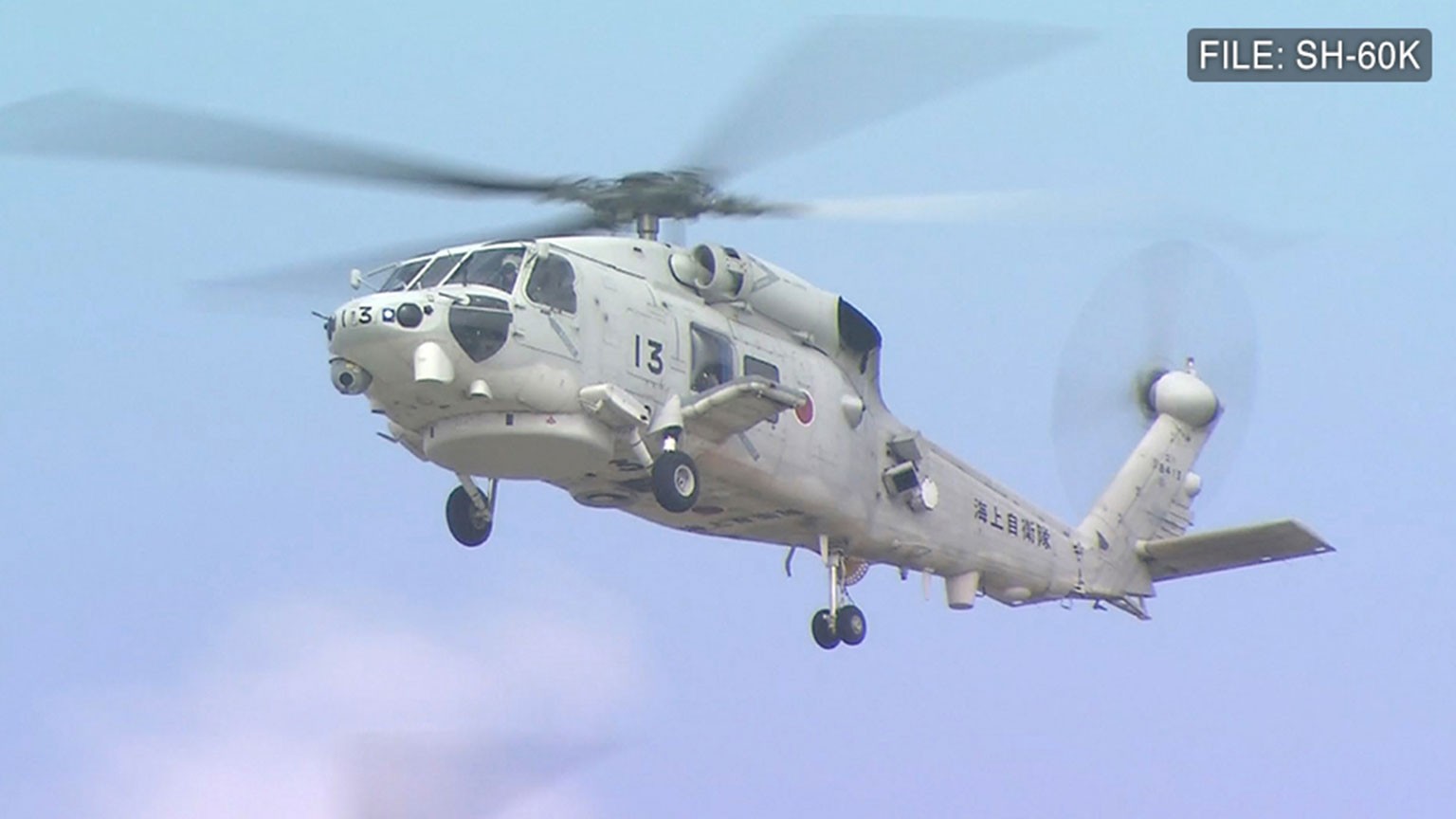Two SH-60K patrol helicopters, each with a crew of four, lost contact late Saturday near Torishima Island in the Pacific Ocean.
The cause of the crash was not immediately known but MSDF officials believe it is highly likely the two aircraft collided in mid-air.
The helicopters were reportedly undergoing training to locate submarines, which was part of an inspection by senior officials to evaluate the abilities of a unit, Defense Ministry sources told NHK.
The sources say the inspection was being conducted to assess if the Escort Flotilla Four, which is based in Kure in the western prefecture of Hiroshima, has the skills needed to carry out surveillance and other duties.
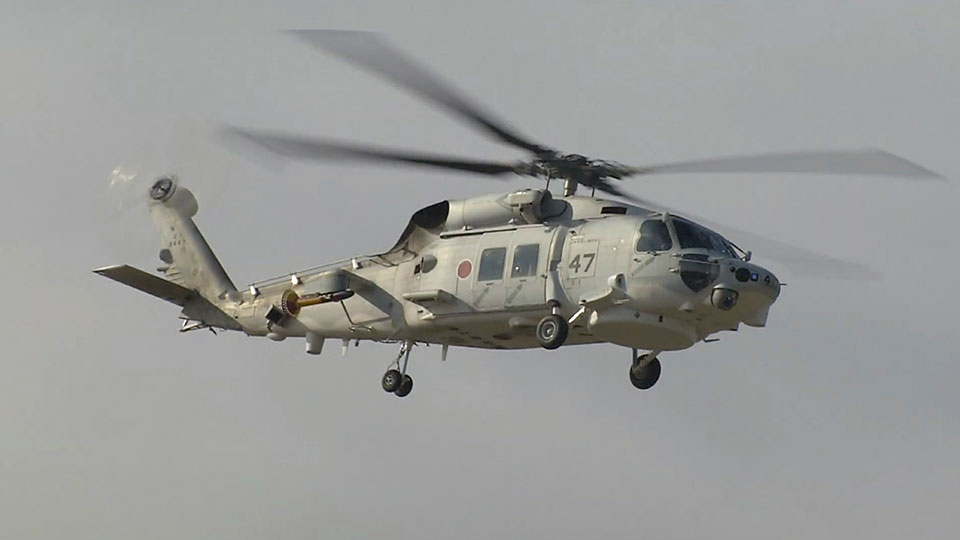
Exercise to locate submarine
The MSDF says communication with one of the helicopters was lost shortly after 10:30 p.m. on Saturday. It was flying about 270 kilometers east of Torishima Island in the Izu island chain.
The two crashed copters, along with another, were believed to have been engaged in a drill to detect the soundwaves produced by submarines.
In the exercise, the helicopters hover at low altitude and drop a device called a sonar into the sea. The MSDF says two to three helicopters usually work together, and they sometimes fly in close proximity depending on the situation.
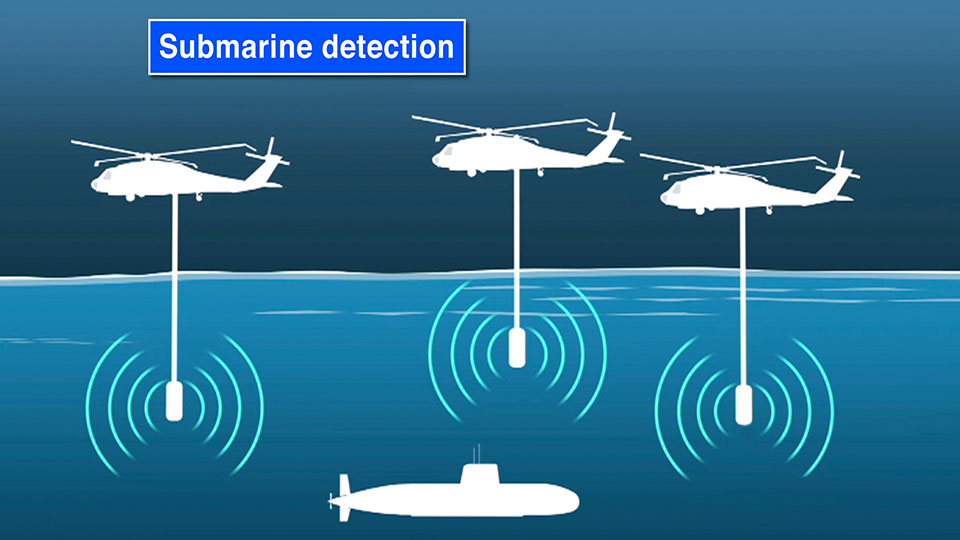
In this drill, six helicopters, eight ships, and one sub took part. The two aircraft that crashed were hovering in the area.
Although flying at night can be dangerous due to reduced visibility, the pilots were not wearing night vision goggles because the devices increase the difficulty of taking off and landing from a destroyer.
A series of accidents in nighttime training
The crash is the latest in a series of accidents involving MSDF aircraft engaged in nighttime training.
In 2017, an SH-60J helicopter crashed in the Sea of Japan off Aomori Prefecture, northern Japan, leaving three personnel dead. The aircraft was a previous model of the type involved in the latest accident.
In 2021, two helicopters, an SH-60K and an SH-60J, came into contact with each other off Amami Oshima Island of Kagoshima Prefecture, western Japan. The aircraft were partially damaged but no one was injured. The MSDF said personnel failed to accurately follow the movements of the copters due to insufficient attentiveness.
Two flight recorders recovered
Japan's Defense Minister Kihara Minoru on Monday said no abnormalities have been confirmed so far in the data retrieved from the flight recorders of the two helicopters.
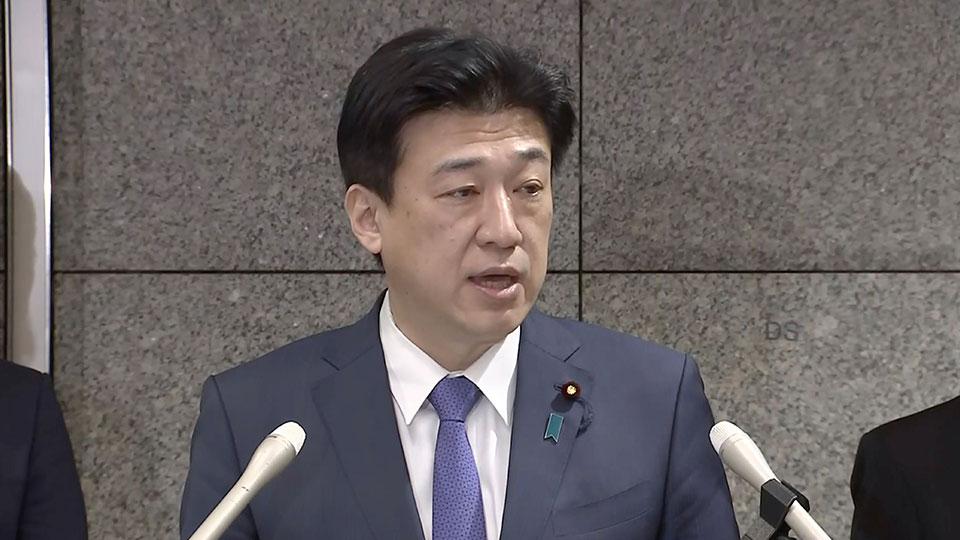
Kihara told reporters the two flight recorders recovered on Sunday are being analyzed. He added that an investigation committee will examine the data and other information to determine the cause of the accident.
At the accident site, helicopter blades and parts of what appear to be a door have also been recovered, but the main parts of the two aircraft have yet to be found.
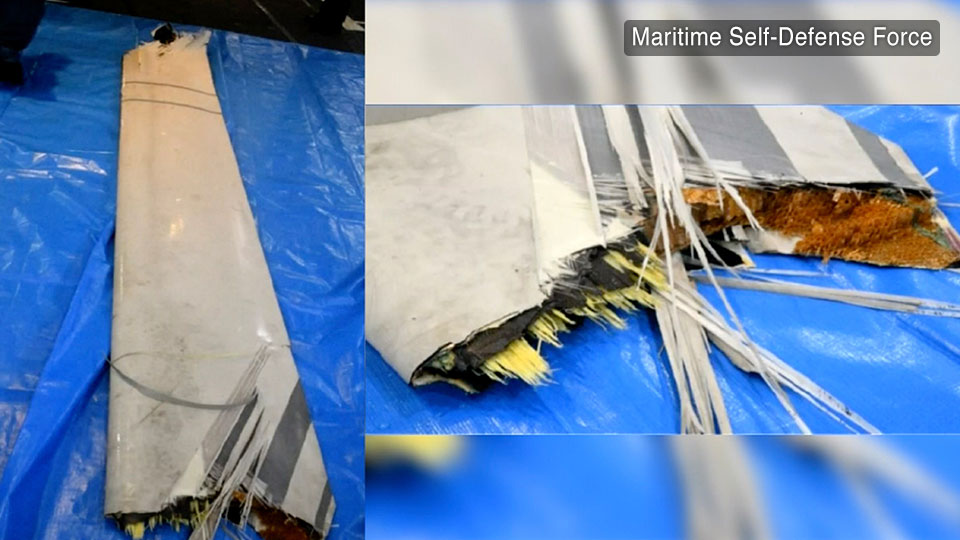
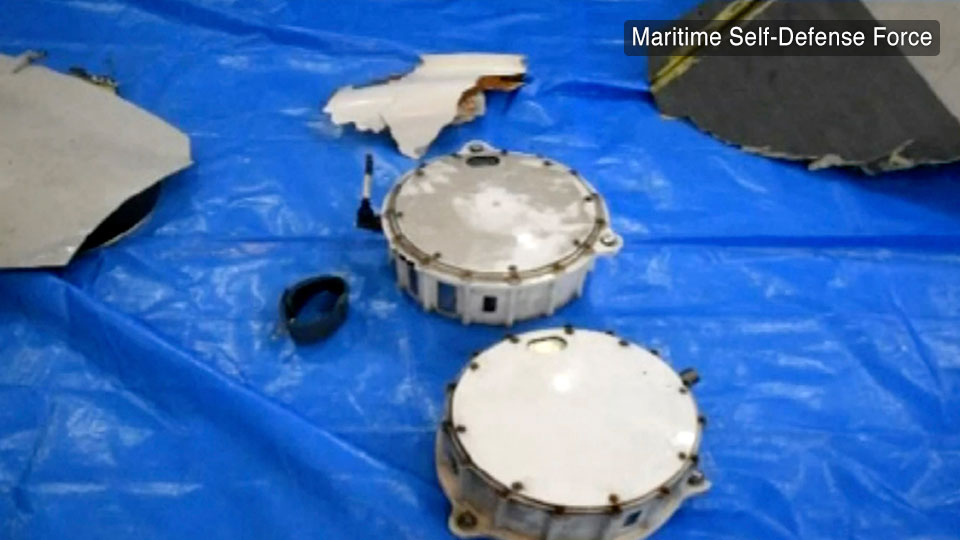
The Self-Defense Forces and Japan Coast Guard personnel have been searching for the missing crew.
The depth of the water in the area is about 5,500 meters, and the MSDF plans to send a marine research ship that can scan the seabed using sound waves.
The MSDF says measures have been taken
NHK World's Suda Tadashi, who's been covering the story, explains that the MSDF says they have implemented safety measures following previous accidents.
"The MSDF chief of staff, Admiral Sakai Ryo, stressed at a news conference on Sunday that nighttime drills are necessary as submarines conduct activities even in the middle of the night," Suda says.
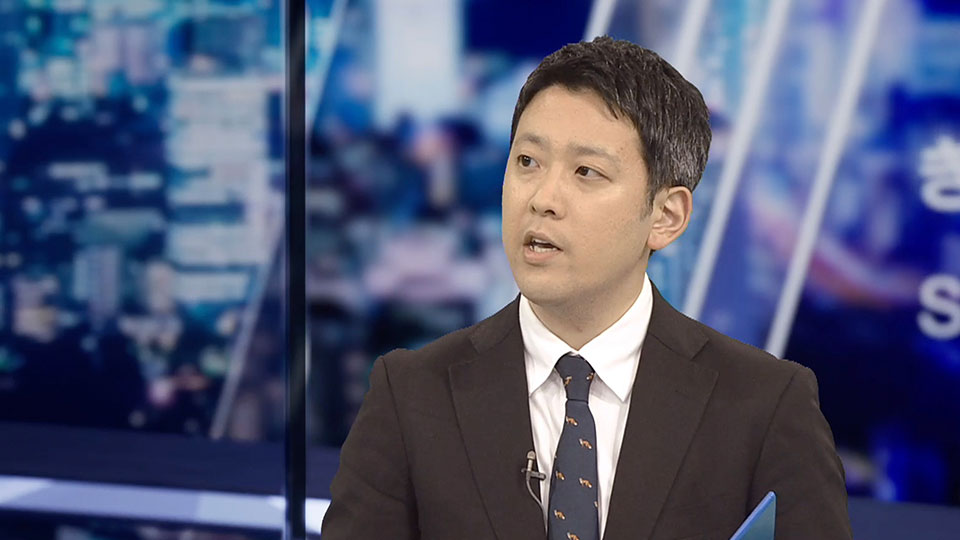
"The MSDF says they have been taking all possible measures to maintain a safe altitude and distance when it conducts drills with multiple aircraft. Sakai said that one of the key points in the ongoing investigating is whether the helicopters maintained an appropriate distance. The MSDF plans to investigate further by interviewing crew members of another helicopter that was conducting the drill with the two crashed aircraft."
